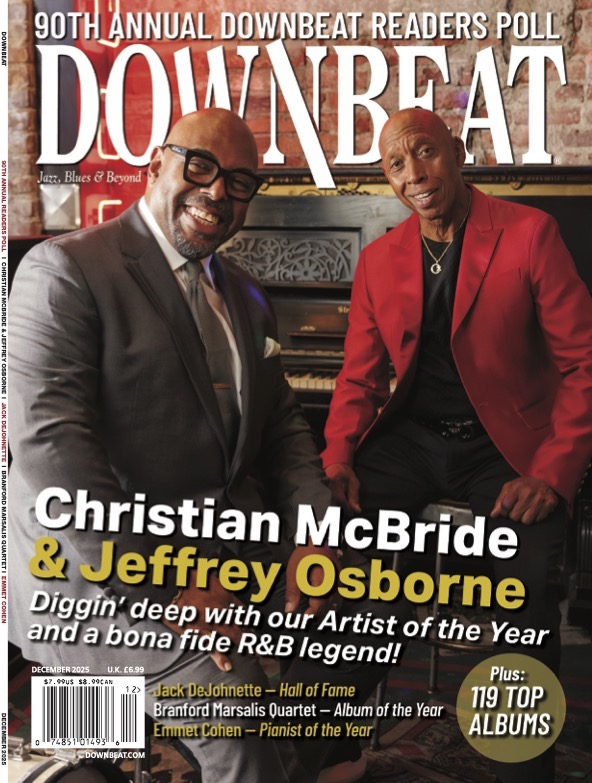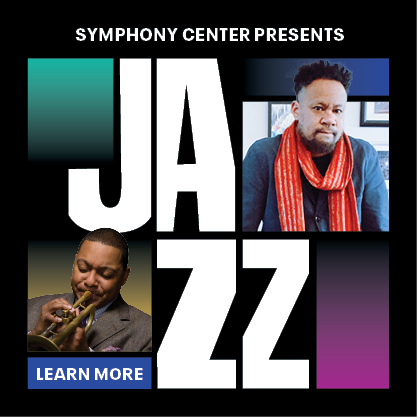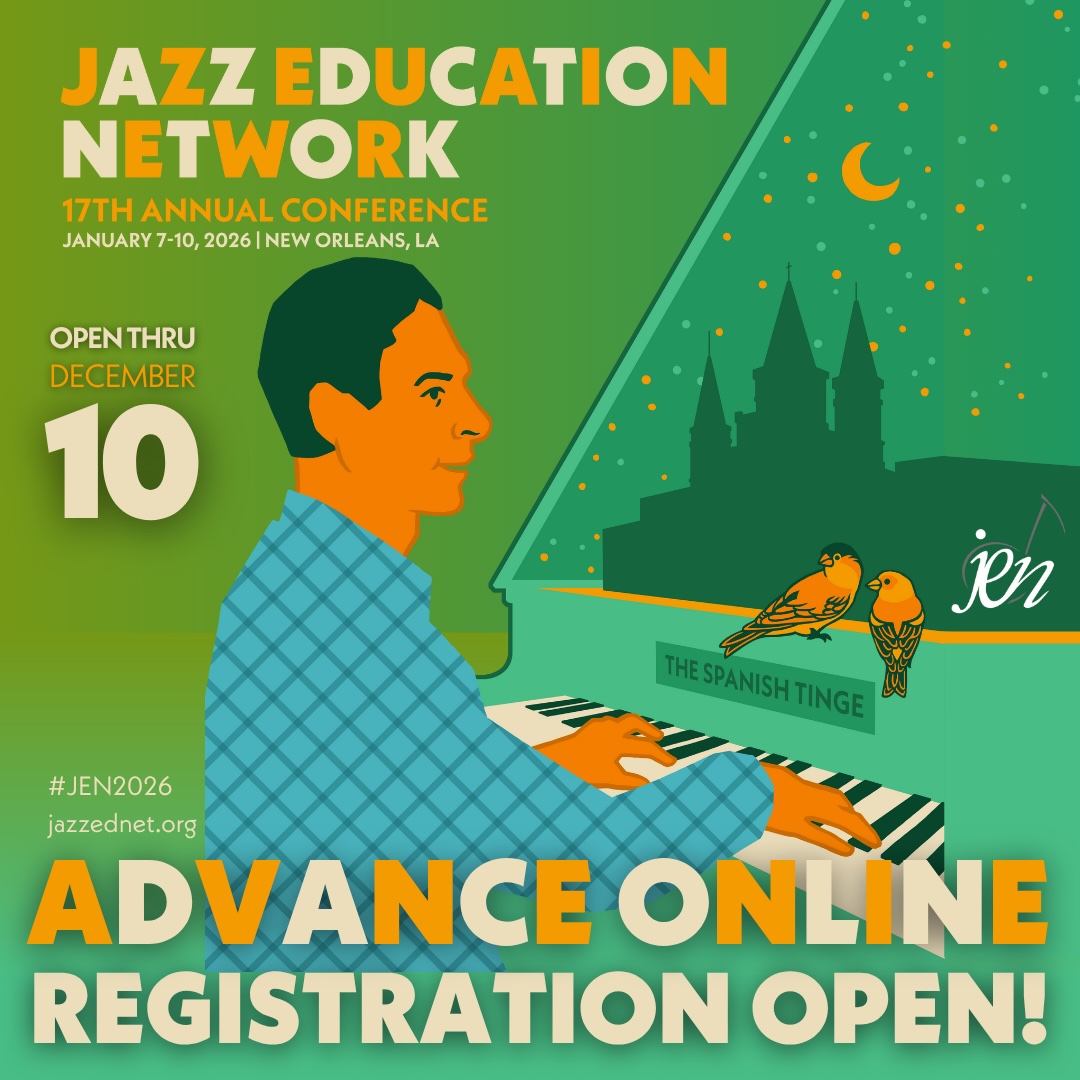Oct 28, 2025 10:47 AM
In Memoriam: Jack DeJohnette, 1942–2025
Jack DeJohnette, a bold and resourceful drummer and NEA Jazz Master who forged a unique vocabulary on the kit over his…
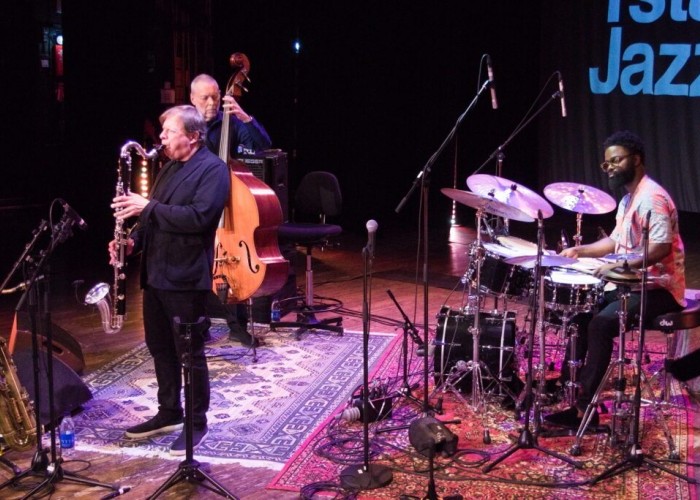
Kismet performs at this year’s Ystad Jazz Festival in Sweden.
(Photo: Harri Paavolainen)Jazz festival culture, that ever-expanding and international phenomenon, can serve many masters and functions. In addition to promoting the myriad forms of jazz and creating a forum for festival goers, a good buzzed-about jazz festival can also put a place on the map.
Take, for a ripe example, the Ystad Jazz Festival in southern Sweden. Yes, this idyllic and historic seaside town, about an hour’s drive from the Copenhagen airport over the technical marvel of the Øresund bridge, is well known as a humble resort destination for Swedes and others. But many in the jazz world, prior to this festival’s founding in 2010, were unaware of the place or even its pronunciation (roughly as OOO-stad). Sixteen years on, the festival is an increasing well-known entity on the summer jazz festival circuit and a fine musical oasis in the dog days of early August.
As is often the case, the programming of the 2025 edition, held July 30–Aug. 2, leaned strongly into Swedish jazz, but also included standout sets by Americans: a stunning performance by KISMET (Dave Holland, Chris Potter and Marcus Gilmore), savory fusion fare by Mike Stern’s band and a memorable appearance by nimble vocalist and music historian Catherine Russell. If never known as a haven for avant-garde or more adventurous or overly cerebral musical fare, the festival duly celebrates tasteful mainstream jazz streams, fine vocalists, touches of Latin and big band life, and beyond. The operative aesthetic of the Ystad programming is safe and sound, in an appealing way.
At the heart of it all, and embedded in the festival’s origin story, is pianist Jan Lundgren, a melodically and technically gifted pianist with a deep career in Europe and beyond. He is an ideal candidate for leading and steering the festival into a promising future. A bonus: He is an Ystad resident who can virtually walk to work. For this year’s edition, Lundgren’s onstage showcases found him as a critical third of the tasteful Euro-trio “Mare Nostrum” (with French accordionist Richard Galiano and Sicilian trumpeter/flugelhornist Paolo Fresu) and in an impressive tribute to Bill Evans, joined by the staggeringly fine Swedish bassist Anders Jormin and German drummer Wolfgang Haffner.
In fact, the Ystad festival is part of a loose global consortium of events directed and curated by artists who themselves perform in the programs. This phenom was coincidentally alluded to on Thursday’s program, including flutist/saxophonist leader Magnus Lindgren, who recently launched the Västerås Jazz Festival, another small town in Sweden, and flugelhornist Fresu has long led the Time in Jazz festival in his native Berchidda, Sardinia. Trombonist/vocalist Nils Landgren, featured in the Quincy Jones tribute of Saturday’s final concert, has directed the JazzBaltica festival, and had a stint leading Jazzfest Berlin.
Another recurring trend in the festival’s programming creed is the strong presence of ACT acts: The German ACT label is home to Lundgren’s many projects, and as director, he has extended bookings to many a label-mate. This year’s list included Leszek Możdżer, Lars Danielsson, Magnus Lindgren, and label mainstay Landgren. ACT has been very kind to many a Swedish jazz artist. Label founder-head Siegfried Loch even took a bow from an upper opera box in the central Ystad Teater (c. 1894), during Lundgren’s Bill Evans tribute show.
From a general overview standpoint, the festival’s strongest shows testified to the power of power trios. Chief among those was the “accidental” trio format of Kismet: guitarist Kevin Eubanks was initially part of the group, but had to bow out for health reasons, leaving the threesome of Holland, Potter and Gilmore. They more than rose to the leaner sonic occasion, capitalizing on the airier texture of a “chordless” aggregation and giving greater improvisational margin to the players. Veteran bass master Holland and younger firebrand Gilmore were reliably luminous, but Potter, in particular, was in his full and feverish — yet always supremely musical — virtuosic form. Some of his extended and ever-inventive solos were reminiscent of Sonny Rollins’ ability to turn a solo into a compact musical suite. In the final rub, Potter was probably this festival’s MVP.
A different brand of trio magic transpired with the abidingly lyrical and now 20-year-old matching of Lundgren, Galiano and Fresu, whose latest trio album, Mare Nostrum IV, was recently released (on ACT). This kinder, gentler triumvirate revolves around a palpable kindred spirit between the players, poetic and subtle melodists all. They are tone-painting romantics, enjoying the open space and spirits of the musicians, and the rubato time feel of a setting sans drums or bass.
In another trio setting, Lundgren seemed right at home on the turf of an obvious core influence, Bill Evans, in his personalized tribute set, framed by glorious takes on “Turn Out The Stars” and “Waltz For Debbie.” And did we mention that bassist Jormin, himself a clear festival highlight, knocked it out of the park?
Big band and large ensemble music also represent an important foundational element in the Ystad programming ethos. This year, that niche was diversely filled by the Norbotten Big Band, with the jazz-gifted Swedish pop sensation Lisa Nilsson, and multi-talented saxist/flutist/composer/arranger Magnus Lindgren’s chamber jazz spectacular, featuring the string ensemble Musica Vitae.
Each of the festival’s first three days’ itinerary began with early afternoon sets at the swanky-yet-slightly-funky Baltic-hugging resort known as the Saltsjobad, several miles from Ystad’s old town center. Day one showcased the alternately inventive and sentimental product of the duo of the technically fluid Możdżer and bassist Danielsson — a sturdy player but one whose digital fairy dust after-effect can be distracting, even tarnishing his otherwise solid intonation. Returning festival fave, the charismatic and deft German/Swiss saxist Nicole Johänntgen’s band “Robin” coaxed up an engaging Cuban-flavored jazz-pop sound, and Russell bedazzled with her rich interpretations of historic material from jazz and soul archives. To her credit, Russell also wisely revels in providing illuminating back stories on songwriters and historical contextualizing between songs, the better to teach us.
Stern’s set was a potent brew of electro-jazz dipping late into the Wednesday night plan. A signature fusion artist whose musicality can reach across the taste aisle to even those otherwise disinclined towards fusion fare, Stern dished out the tempered intensity of his music — along with his balladic sensibilities — despite a debilitating hand injury several years ago. Joining him was his wife, guitarist Leni Stern, bassist Jimmy Haslip, dynamo drummer Dennis Chambers and saxist Gabor Bolla, dazzling especially on this, his first night with the band.
By contrast, more intimate enticements greeted audiences in the form of a wholly satisfying late afternoon set of standards by the superb trio of guitarist Jacob Fischer, trumpeter Thomas Fryland and bassist Hans Backenroth, in the private downtown garden turned public venue on Lilla Östergatan. The nearby historic church and civic center, S.Ta Kyrka (c. the 13th century) proved an ideal concert space for the inspired and eclectic thirtysomething Swedish pianist Mattias Nilsson, oscillating smoothly from the Beatles through Scandinavian folk tunes, revisited, Francis Lai’s “Live For Life” and other accessible adventures. That certain Nordic melancholy also snuck into the lining of his renderings.
Closing out the festival, the action moved several miles down the Baltic to the lush, green grounds of the Charlottenlund castle, where a crowd-pleasing fare kept the customers satisfied, although artistically, it felt like an anti-climactic endpiece to the more serious music preceding it. LaGaylia Frazier cooked up some seriously steamy and funky covers, with a special kinship to Chaka Khan, and the Ystad-based Big Blowin’ Band, featuring vocalist Karin Tingne did the local music scene proud. A tribute to Quincy Jones, who himself was feted here in 2012, was strangely mis-dialed. Red ’bone-bearing Landgren, the fine singers Viktoria Tolstoy and Ida Sand and the bodacious Bohuslän Big Band delivered the goods, but oddly leaned into Jones’ pop work as producer rather than his resume with big bands and jazz, capital-J.
Never mind the final wrap party vibe: Ystad Festival 2025 was blessed with ample musical riches. By now, 16 years into the festival’s adventure and branding, the jazz world knows what and where Ystad is all about. Some even know how to pronounce it. DB
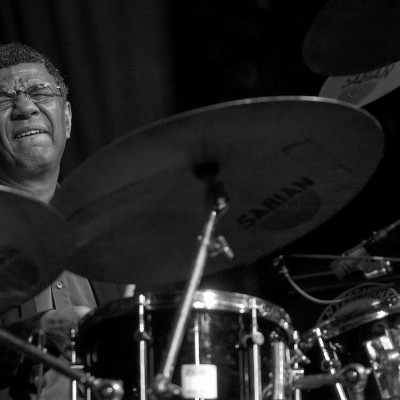
Jack DeJohnette boasted a musical resume that was as long as it was fearsome.
Oct 28, 2025 10:47 AM
Jack DeJohnette, a bold and resourceful drummer and NEA Jazz Master who forged a unique vocabulary on the kit over his…
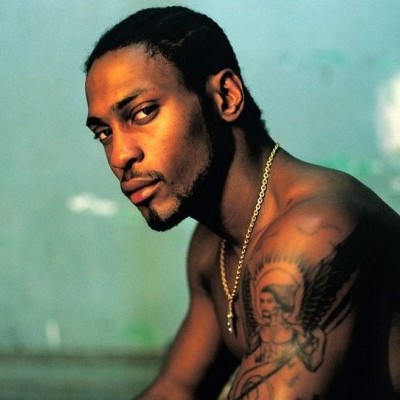
D’Angelo achieved commercial and critical success experimenting with a fusion of jazz, funk, soul, R&B and hip-hop.
Oct 14, 2025 1:47 PM
D’Angelo, a Grammy-winning R&B and neo-soul singer, guitarist and pianist who exerted a profound influence on 21st…
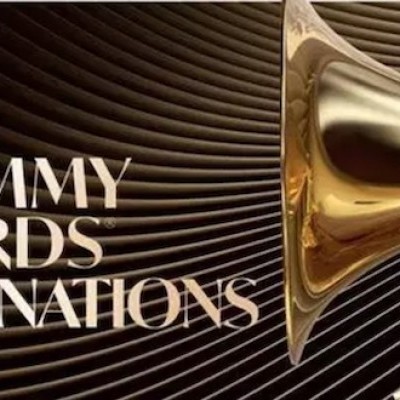
To see the complete list of nominations for the 2026 Grammy Awards, go to grammy.com.
Nov 11, 2025 12:35 PM
The nominations for the 2026 Grammy Awards are in, with plenty to smile about for the worlds of jazz, blues and beyond.…
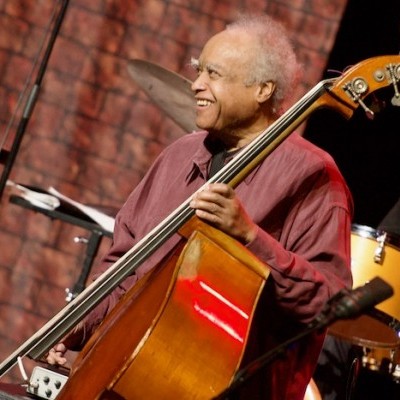
Drummond was cherished by generations of mainstream jazz listeners and bandleaders for his authoritative tonal presence, a defining quality of his style most apparent when he played his instrument unamplified.
Nov 4, 2025 11:39 AM
Ray Drummond, a first-call bassist who appeared on hundreds of albums as a sideman for some of the top names in jazz…
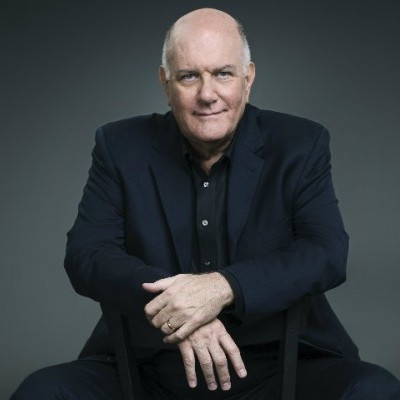
Jim McNeely’s singular body of work had a profound and lasting influence on many of today’s top jazz composers in the U.S. and in Europe.
Oct 7, 2025 3:40 PM
Pianist Jim McNeely, one of the most distinguished large ensemble jazz composers of his generation, died Sept. 26 at…

